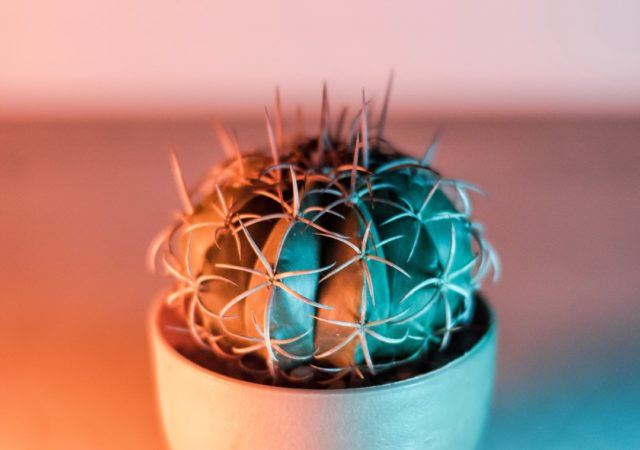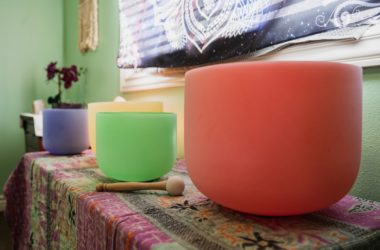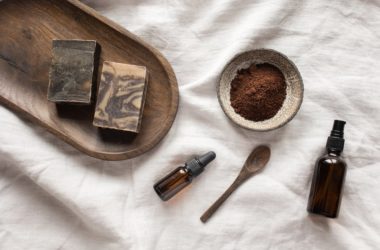Acupuncture: Harnessing the Power of Energy Flow for Holistic Healing
Acupuncture is a form of holistic therapy that has been used for thousands of years to treat a wide range of health conditions. It involves the insertion of fine needles into specific acupoints along the body’s meridians to stimulate the flow of energy and restore balance to the body. Traditional Chinese Medicine (TCM) is the foundation of acupuncture and is based on the principles of balance and harmony. In this article, we’ll explore the history, theoretical basis, techniques, and benefits of acupuncture and the risks involved.
I. Introduction
Acupuncture is one of the oldest medical practices in the world. It is part of a complete system of healing known as Traditional Chinese Medicine that promotes health and wellness by focusing on the balance of energy flow in the body. Acupuncture is often chosen as a complementary treatment alongside conventional medicine to address many health issues. The aim of this article is to provide an in-depth understanding of acupuncture as an holistic therapy, show its effectiveness and safety, and promote its use in treating various health conditions.
II. History of Acupuncture
Acupuncture originated in China over 3,000 years ago and was used to treat a wide range of health conditions for the ancient emperors. The earliest known text on acupuncture, the Yellow Emperor’s Inner Canon, was compiled around 100 BCE. In the centuries that followed, acupuncture techniques were spread throughout East Asia and Europe. In the 20th century, acupuncture was introduced to the West, making its way into hospitals and clinics.
III. Theoretical Basis of Acupuncture
Traditional Chinese Medicine is the theoretical basis of acupuncture. It believes that the body has a natural flow of energy, known as Qi, that moves along pathways, or meridians, in the body. Acupuncture works by inserting needles into specific acupoints, which sit on the meridians, to stimulate the flow of energy and restore balance between Yin and Yang. Yin represents the passive principle, while Yang represents the active principle. Together, they create balance and harmony in the body.
IV. Acupuncture Techniques
There are several types of acupuncture techniques, such as traditional acupuncture, electro-acupuncture, auricular acupuncture, and cupping. The most common technique is traditional acupuncture, which involves the insertion of fine needles into acupoints along the meridians. Needle insertion is painless and causes minimal discomfort. Moxibustion is a technique that uses heat from burning herbs to stimulate acupoints.
V. Benefits of Acupuncture
Acupuncture has been proven to be effective in treating a wide range of health conditions. It has been shown to provide pain relief for chronic pain, lower back pain, headaches, menstrual cramps, and more. Acupuncture can significantly improve mental health conditions, such as anxiety, depression, and PTSD. It can also improve digestion and sleep quality. Acupuncture is beneficial to the overall health and wellbeing of the body.
VI. Risks and Safety of Acupuncture
Most people who receive acupuncture experience no side effects, and it is considered safe when administered by a qualified professional. However, some individuals may experience minor side effects such as bruising, soreness, and bleeding. It is important to choose a qualified acupuncturist who adheres to strict safety and hygiene standards. Patients with certain medical conditions or who are taking certain medications may not be suitable for acupuncture treatment.
VIII. Conclusion
Acupuncture is a holistic therapy that harnesses the power of energy flow to improve the overall health and wellbeing of the body. Its history dates back thousands of years, and its effectiveness has been proven in treating various health conditions. By choosing a qualified and experienced professional, acupuncture is a safe treatment option that has minimal side effects. Acupuncture has the potential to play an important role in promoting holistic health care and is worth considering for anyone seeking a natural approach to healing.





